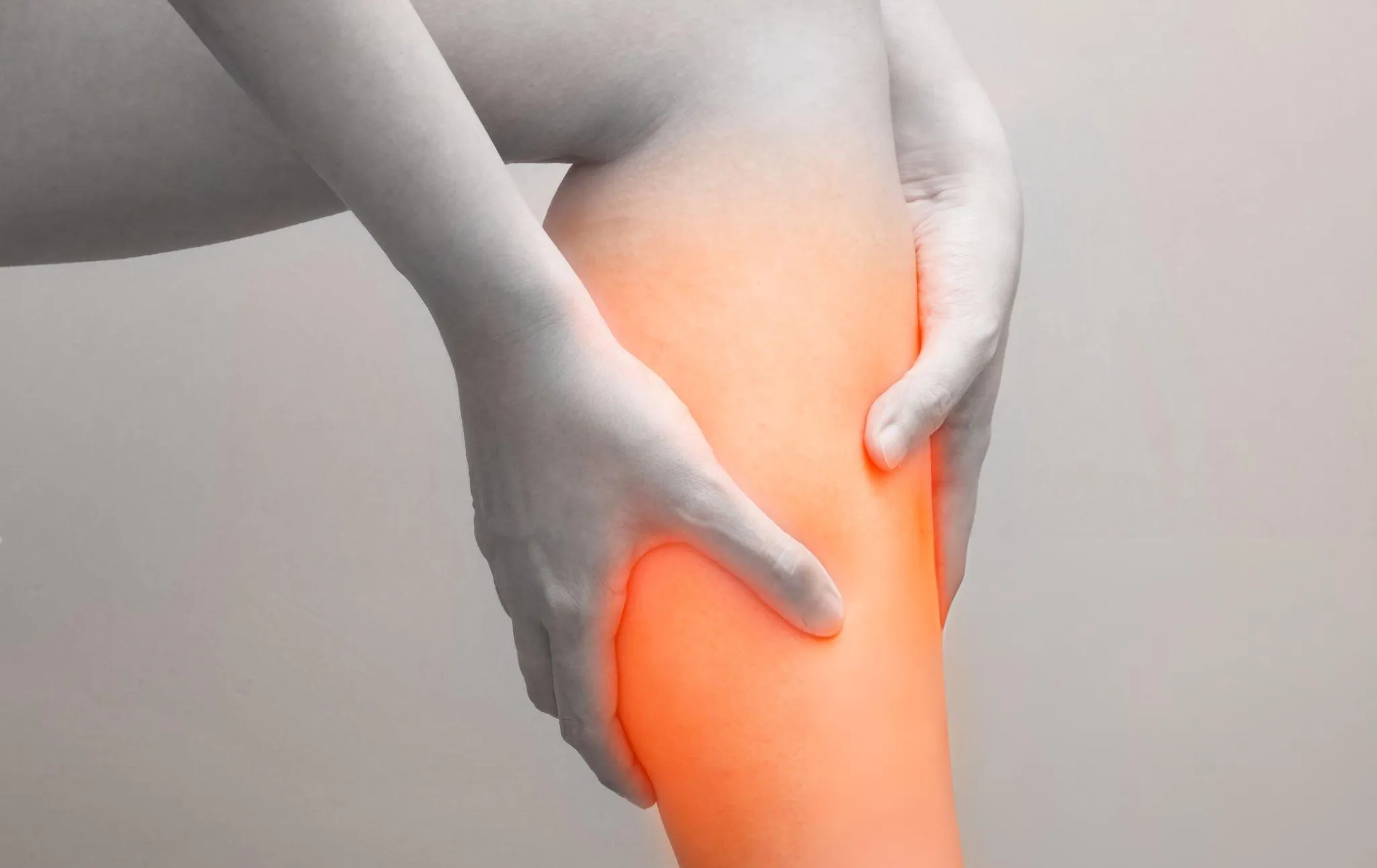A hiatal hernia is a disorder in which a hole in your diaphragm, the muscle that divides the two regions of your body, allows your stomach to protrude up into your chest. The hiatus refers to the opening, which is why this condition is often referred to as a hiatus hernia.
Sliding and paraesophageal hernias are the two most common types of Hiatal hernias.
Your esophagus (i.e. food pipe), which connects to your stomach, normally passes across the gap. A sliding hiatal hernia takes place when the stomach, as well as the decrease esophagus, move up into the chest thru your diaphragm. In adults, hiatal hernia is the most not unusual kind of hernia.
A paraesophageal hernia may be life-threatening. Your esophagus and belly remain in their ordinary positions in this situation, but a portion of your belly squeezes into the hollow and rests close to your esophagus. You face the threat of suffocating and reducing off the blood drift in your stomach. This disease is known as a strangulated hernia.
Causes
The exact etiology of hiatus hernia is unknown. People over the age of fifty are greater liable to get the disorder. As you grow older the diaphragm muscle may weaken, allowing a part of the belly to protrude past the diaphragm’s establishing. Increased pressure in the abdomen (tummy), which may be caused by things like persistent coughing, repeatedly carrying heavy items, or obesity, might raise the risk of developing this type of hernia. If you or someone in your family has a hiatus hernia, it is more likely to develop in you.
If you’ve got undergone belly or gullet surgical treatment, you are at a better chance of having a para-oesophageal hiatus hernia. If your backbone or rib cage is greater bent than regular, you’re more likely to increase this type of hernia. Those with scoliosis or kyphosis, as an instance, can be impacted.
A hiatal hernia develops when the muscular structure in your abdomen weakens. It is not always obvious why this occurs. A hiatal hernia can be because of any of the following:
- Aging: As you grow older, your diaphragm adapts.
- Trauma/Injury: A severe incident or some kind of surgery may cause injury to the region.
- Large hiatus: Having an abnormally large hiatus by birth it will make it easier to move the stomach
- Pressure: Coughing, vomiting, straining during bowel movements, exercising, and carrying heavy items all exert constant and severe pressure on the muscles leading to the development of hiatal hernia.
Some of the factors which could growth the chance of hiatal hernia encompass weight problems and smoking.
Symptoms
Many people with a hiatal hernia do now not have any signs or symptoms of the ailment. Hiatal hernia signs and symptoms are comparable to the ones of gastroesophageal reflux disease (GERD) in numerous respects. It is resulting from the reflux of digestive fluids from the stomach into the esophagus. The following are a number of the signs and symptoms and signs and symptoms of GERD:
- Heartburn
- In the back of the throat, there is a bitter or sour feeling, which is not uncomfortable
- Bloating and belching
- Pain or discomfort in the stomach or esophagus
These signs come and pass, and they’re commonly at their worst after a meal.
Because of your infection, you are possibly to revel in a few unusual signs and symptoms. Because these symptoms may be mistaken for those of other illnesses, determining if any of these signs and symptoms exist can be challenging.
- Persistent cough, especially in the middle of the night may occur because the acid that has refluxed into the windpipe irritates it.
- Asthma symptoms include coughing and wheezing may be worsened by acid reflux.
- Bad breath, a lump, sore throat, and hoarseness in the throat
People with a paraesophageal hernia may have symptoms of a blocked portion of the intestine in rare cases (obstructed). There would be extreme stomach or chest discomfort.
Diagnosis
Hiatal hernias are most frequently discovered through regular gastrointestinal X-rays, EGD, and CT scans.
A barium swallow test is required to confirm the existence of this condition, and this test is done under local anesthetic. The procedure is done by utilizing fluoroscopy to see the esophagus, stomach, and upper part of the small intestine being tracked by barium that has been eaten by the patient during the operation. The radiologist may make observations on the movement of the muscles that push the barium food down the esophagus into the stomach and farther down, in addition to viewing the anatomy.
Endoscopy is widely used for diagnostic reasons. The endoscope is a small, elastic telescope that is inserted into the stomach via the gullet to inspect the digestive system. This enables a doctor to see into the body of a patient.
Additional testing may be required in rare instances.
Treatment
Most people with hiatal hernia have no symptoms and require no treatment. If you have indications and symptoms such as chronic heartburn or acid reflux, medications or surgery may be necessary.
Antacids are stomach acid-neutralizing medicines. They may be able to help you feel better quickly. You may have adverse effects such as diarrhea or renal issues if you use antacids too often.
Acid-reducing medicines aid in the reduction of acid generation in the body. These medications are H-2 receptor blockers.
Medications that help the esophagus heal by preventing the formation of acid. They provide injured esophageal tissue more time to recover.
In certain instances, a hiatal hernia may need surgical treatment. People who have tried or failed to get relief with heartburn and acid reflux medications with serious inflammation are often candidates for surgery. Hiatal hernia surgery may be combined with weight reduction surgery, such as sleeve gastrectomy to get the greatest results.
A thoracotomy or laparoscopic operation may be done on the body and intestines. Several small incisions are used to put a small camera and advanced surgical equipment in your belly during surgery. The operation will then be performed while your surgeon will view photos from inside your body on a TV display.
When to See a Doctor
It is crucial to are looking for medical assist if you are experiencing GERD-related signs and symptoms. GERD patients are extra liable to have hiatal hernias; consequently, if you have GERD symptoms, you’re in all likelihood to have one as nicely. Immediately see a doctor in case you notice any sign or symptoms of hiatal hernia.












Leave a Reply